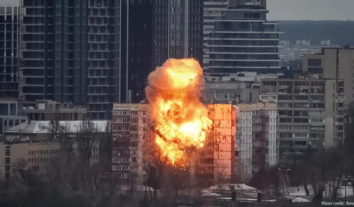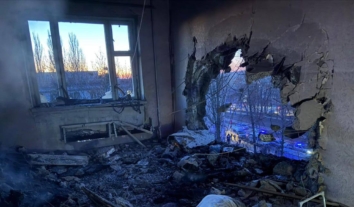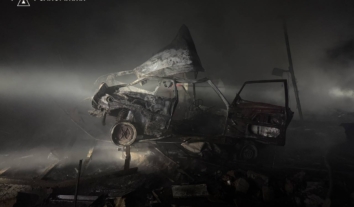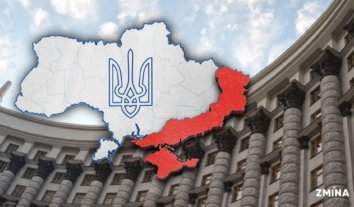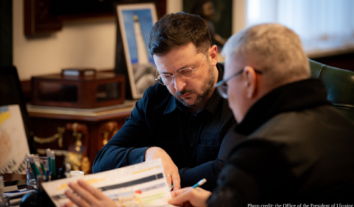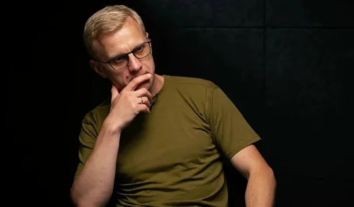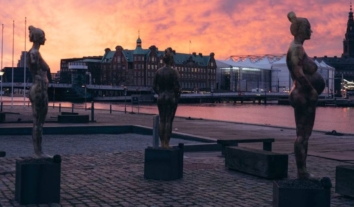Two years after Odesa tragedy: What is the investigation progress?
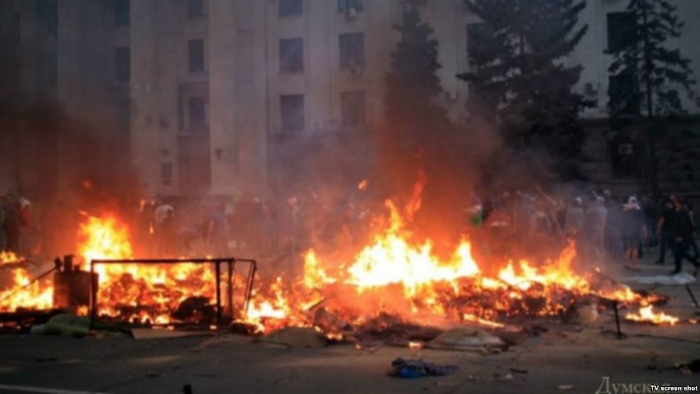
Ukraine lacks experience and methods of investigation into the mass unrest of a scale similar to the tragic events which had happened in Odesa on May 2, 2014. This is one of the reasons for a slow official probe.
Serhiy Dibrov, the member of the May 2 Group, expressed this opinion in the special investigative report for Radio Liberty.
“The events of that day, involving thousands of people, lasted nearly seven hours. 48 people were killed, about 300 people were injured, more than a hundred people were detained as a result of clashes,” Serhiy Dibrov wrote.
According to him, another difficulty lies in the fact that the events of that day were legally classified as mass unrest. This means that anyone, who was in the center of the action, could theoretically be prosecuted.
“These are thousands of people on both sides. The majority of these people witnessed and participated in the important events. Meanwhile, the journalists of our May 2 Group have the opportunity to interview them anonymously or to keep secret the sources of information in accordance with the law, people do not want to be involved in the official investigation for quite obvious reasons,” says the journalist, assuming that situation could be remedied if all ordinary participants in the unrest would be pardoned.
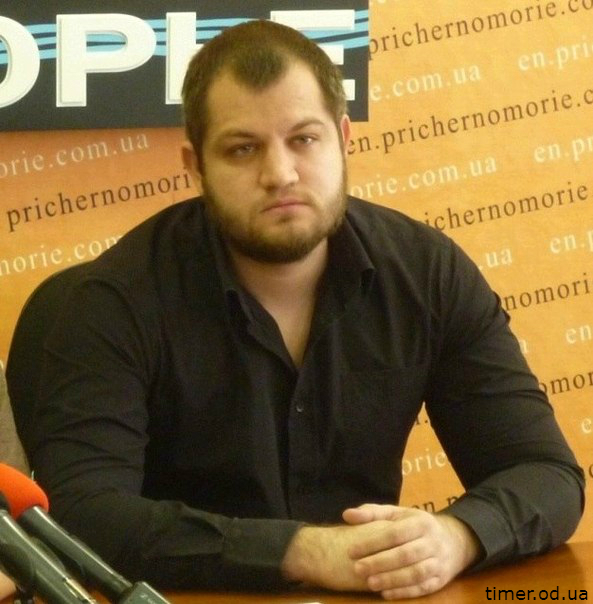
One of the Odesa squad commanders Serhiy Dolzhenkov (Captain Cocoa) was detained a few days later. May 2, he refused to cooperate with the police and ordered two hundred people wearing masks and body armor and carrying sticks and shields to move along the Katerynynska Street to meet two thousand football fans at about 15:30. The fans should have aligned and gone to the stadium on the Deribasovska Street escorted by police officers.
Another 20 Antimaidan activists are in the dock together with Serhiy Dolzhenkov. They stay in a remand prison outside Odesa region and are accused of organizing and participating in mass unrest.
Vitaliy Budko a.k.a. Boatswain and political leader of Kulykove field Artem Davydchenko left Odesa immediately after the events of May 2.
Videos show how Vitaly Budko fired several shots deep into the Vice-Admiral Zhukov alley at 16:22. The author of the article reports that ambulance took away injured Ihor Ivanov from the Preobrazhenska Street five minutes later. Ivanov died in a hospital shortly afterward. A caliber 5.45mm bullet was removed from his stomach.
In his article, Serhiy Dibrov notes that political leader of Automaidan Artem Davydchenko asked several hundred activists, who gathered on the Kulykove field, to leave the territory.

“Davydchenko, who returned from the center along with Boatswain, knew that many thousands of angry people would now come to the square and nothing good would happen. He began to persuade people to leave the territory immediately, but he heard in response: ‘We’re not going to leave anywhere from here, it will be our Brest fortress and we will fight to the death.’ Then Davydchenko offered a compromise: men hold the line, women go away. However, he was accused of betrayal. He failed to persuade people to clear the area,” Serhiy Dibrov writes.
The majority of people detained in the House of Trade Unions were released after the remand prison had been stormed on May 4, 2014. Only Russian citizen Yevgeny Nefedov is under detention now. Only five people remain behind bars, another 15 are at large and regularly attend the hearings, Serhiy Dibrov writes.

At the end of May 2014, the police arrested Euromaidan activist Serhiy Khodiyak. He is suspected of firing from a balcony of the Bulgarian cultural center. He was charged with killing Antimaidan activists and wounding policemen.
Oleh Konstantinov, the editor of dumskaya.net local news website who was taking photos of the event, was wounded in a field of fire. Oleksandr Zhulkov, Hennady Petrov, Mykola Yavorsky and Yevhenii Losinsky were killed.
“The investigation is over. The prosecutor demands to sentence him to life imprisonment. However, the trial has not yet started as the judges seek self-disqualification because of inevitable media attention and expected public pressure,” Serhiy Dibrov adds.
The May 2 Group member notes that the local police department was able at least to localize the unrest.
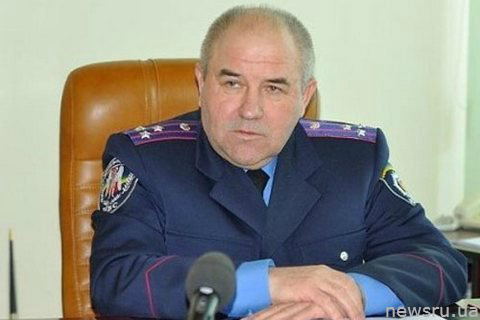
“To this end, the ‘Wave’ operation plan was developed, according to which all combat-ready units of the police and the National Guard had to arrive in downtown, the use of riot control weapons was allowed. The arms were also allowed to be used as appropriate. For some reasons, Odesa police department head Petro Lutsiuk did not give the corresponding instruction and did not sign the order. As a result, the situation got out of control and spread to Kulykove field. As we found out, he reported to Kyiv on the night of May 3 that he had allegedly launched the “Wave” plan at 14:00 (i.e., an hour and a half before the first clashes), which is certainly a lie,” the journalist says.
Deputy Odesa police department head Dmytro Fuchedzhy, who can shed light on many circumstances, left Ukraine few days after the events. According to some sources, he is now in Transnistria. The colonel was put on wanted list in Ukraine as he is accused of illegal release of prisoners from the Odesa remand prison on May 4, 2014.
The prosecutor’s office paid attention to actions of fireguards only a year and a half after the events. According to the May 2 Group experts, the firefighters were not coming to the Kulykove field for about 40 minutes.
“I saw the record of the interrogation of a driver of the first car: “We were sitting in the depot and watching what was happening on the Kulykove field on TV for a long time. Then we were ordered to leave. We arrived at the scene quickly. Nobody impeded us, nobody cut the hoses. Some masked men ran up, shouted at us, asking why we had been so long. They took away the stairs and dragged to the building,” Serhiy Dibrov writes.
“Later, we got the record, and then audio of calls to 101 made that evening. Firefighters were called dozens of times. People who were in the building, people who followed the events in the broadcast, the staff of the UN mission, Euromaidan activists were calling. People, who were burning in the house, were said: ‘Do not worry, there is no danger,’ then firefighters said: ‘Wait, the vehicles have left’,” the journalist adds.
The regional department of the State Emergency Service of Ukraine was chaired by Volodymyr Bodelan. He is the son of the well-known official in the city, former first secretary of the regional committee of the USSR Communist Party, and then the governor and the mayor of Odesa.
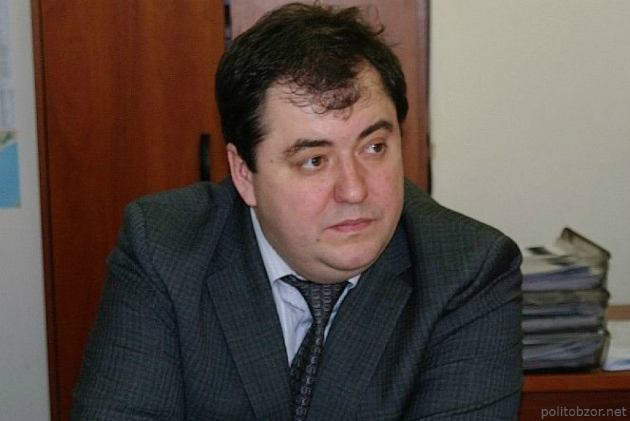
According to Volodymyr Bodelan, it was he who ordered not to leave for the Kulykove field because a fire vehicle was seriously damaged in clashes in the city center and he feared for the lives of his subordinates.
The criminal proceeding was launched in the spring of 2016. The on-call person, whose voice was recorded in conversations at 101line, was placed under house arrest. Volodymyr Bodelan was put on wanted list. He is now outside of Ukraine.

